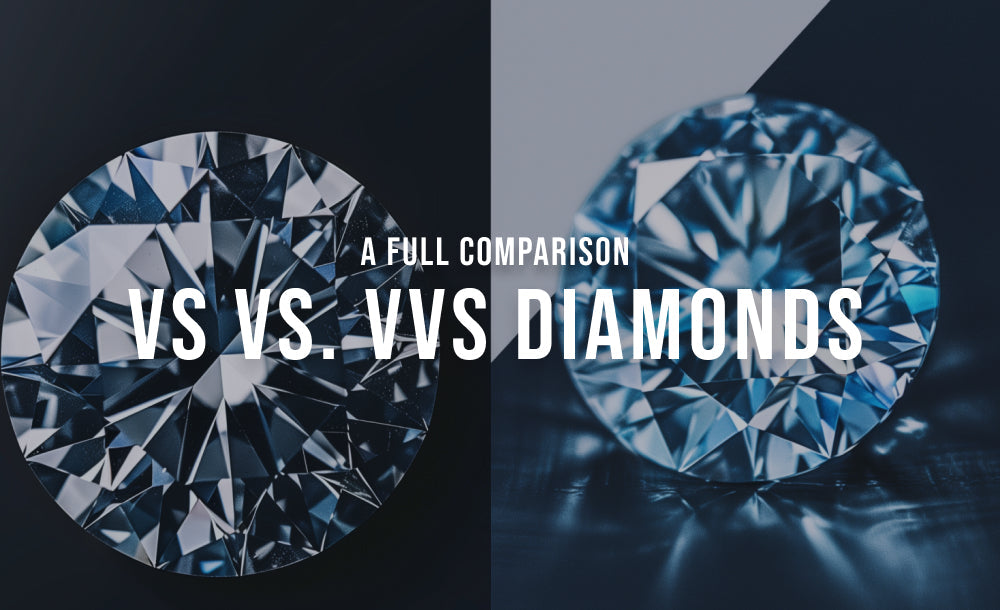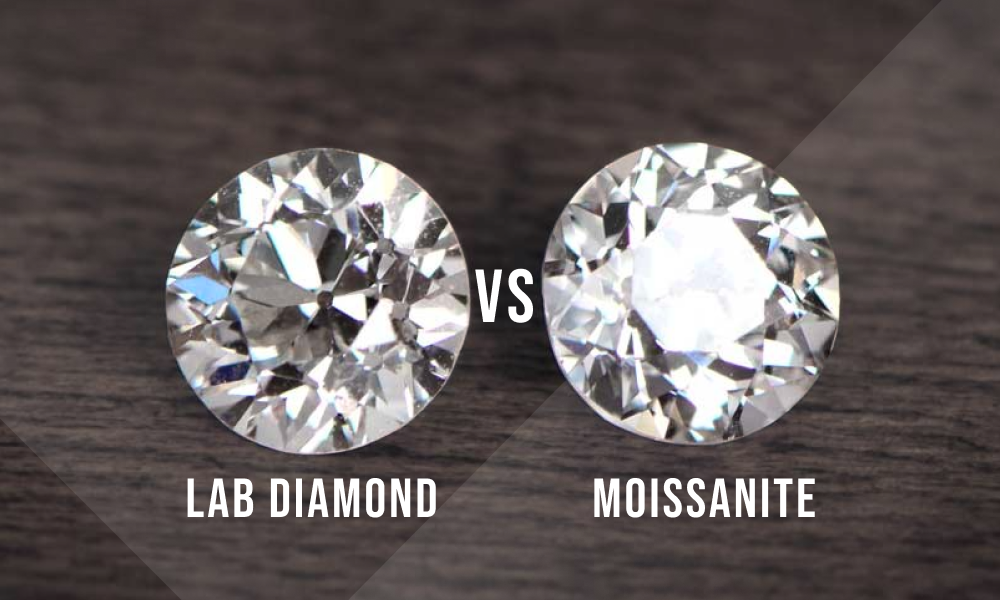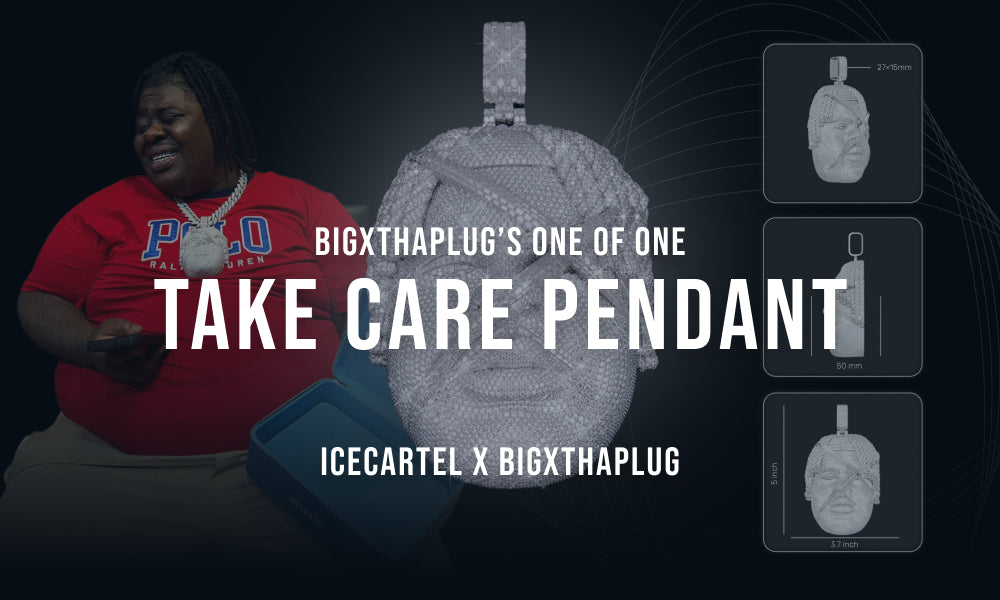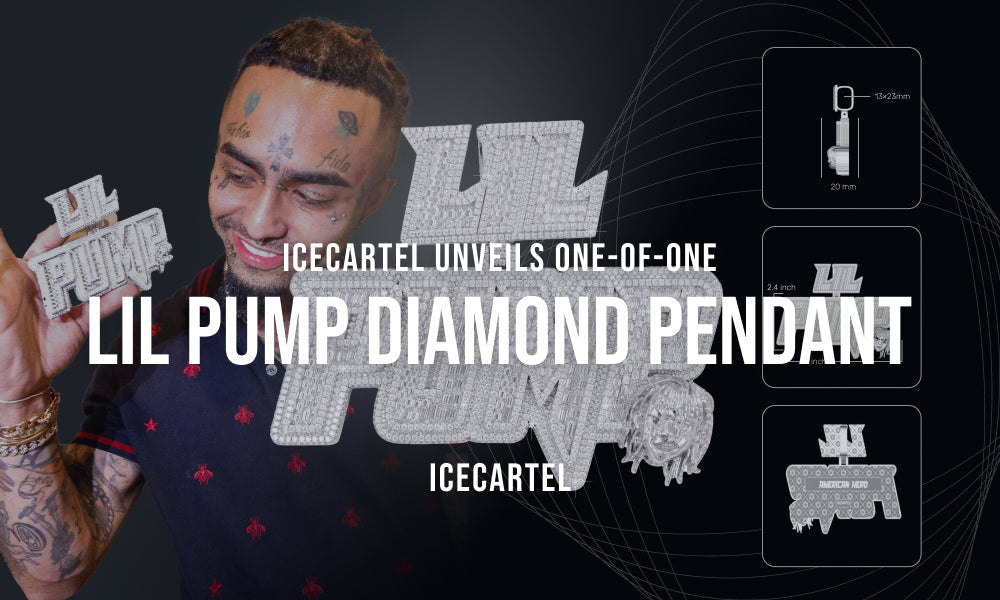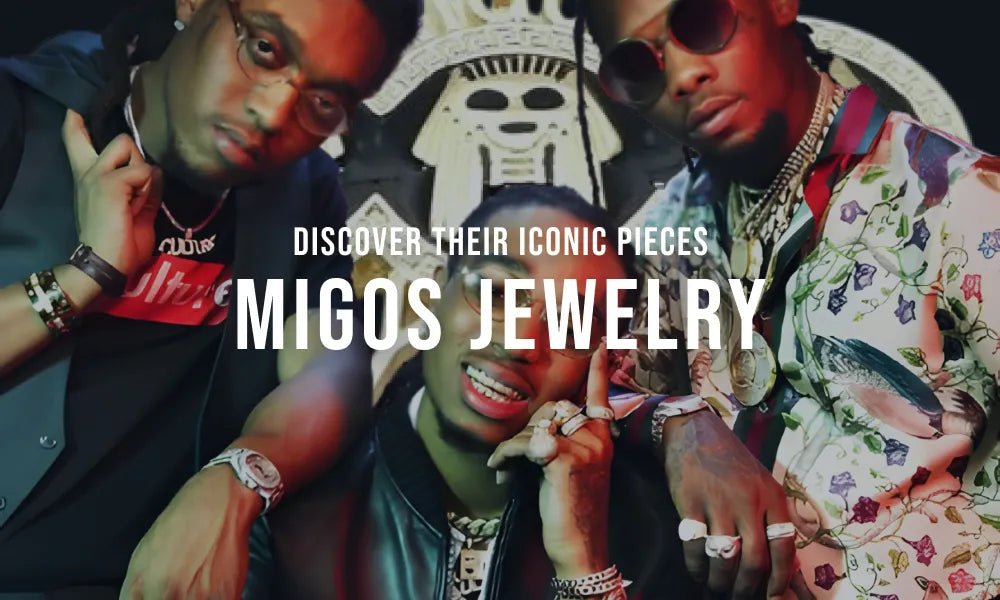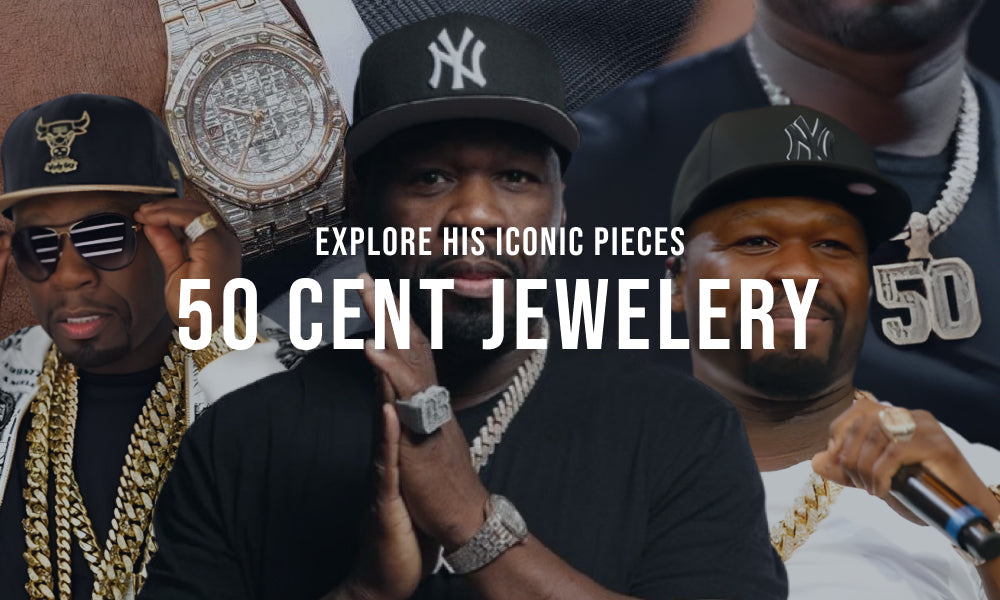Out of 6 primary diamond clarity grades that range from Flawless (FL) to Included (I), VS and VVS diamonds are among the most widely appreciated options.
Very, Very Slightly Included (VVS) is the third highest clarity grade on the GIA clarity scale, with Very Slightly Included (VS) coming right after it.
While it’s obvious that VVS diamonds are more valuable than VS diamonds, understanding the differences between these clarity grades is essential for making an informed decision.
Since diamond clarity is graded based on the number, size, position, and visibility of inclusions, the main difference between VS vs. VVS diamonds is linked with the type of imperfections they have.
However, VS and VVS clarity grades also differ from each other in terms of value, price, and visual features.
Let’s take a closer look at what VS and VVS diamonds are while focusing on the main similarities and differences between them. In this comparison guide, you’ll also find some useful buying tips, real-world examples, and benefits of each clarity grade to choose the one that best suits your preferences and budget.
Understanding Diamond Clarity
Diamond clarity is one of the 4 Cs of diamonds, which contributes to a diamond’s overall quality, appearance, and value.
Therefore, understanding the 4 Cs of diamonds is crucial for evaluating these gemstones in terms of clarity.
Whether you’re looking for a loose diamond for an engagement ring or a ready-made diamond chain , learning more about the differences between VS vs. VVS clarity grades is key to making the right choice.
The 4Cs of Diamonds
We all know that diamonds are available in varying qualities, but how do gemologists differentiate between these precious gemstones?
As a matter of fact, diamonds are classified into different grade categories based on the 4 key characteristics, also known as the 4Cs of diamonds . Each “C” corresponds to a different physical feature of a diamond, including the carat weight, cut, color, and clarity.
While the combination of these characteristics determines the value of a diamond, clarity can have a significant impact on the overall appearance and quality of the gemstone.
You'll Also Enjoy: Are VVS Diamonds Real?
Clarity Grading Scale
Developed by GIA, the clarity grading scale serves as a universal system for evaluating diamonds based on their clarity.
The scale consists of 6 primary and 11 secondary clarity grades, ranging from Flawless (FL) to Included (I1, I2, I3) diamonds.
On the GIA clarity scale, VVS is the third-highest clarity grade, whereas VS fits just below it. So, VVS-grade diamonds have a higher clarity than VS-grade diamonds.
Definition and Characteristics
Let’s define VS and VVS diamonds to better understand the similarities and differences between these two clarity grades in terms of physical characteristics.
What Is VS (Very Slightly Included)?

VS stands for Very Slightly Included. At this level of clarity, the inclusions are typically invisible to the naked eye, but visible under 10x magnification. Although quite rare, some larger VS diamonds may contain minor, eye-visible inclusions.
VS clarity diamonds can be further categorized into VS1 and VS2 clarity grades. VS1 offers slightly higher clarity, with inclusions being difficult to see under magnification, whereas the inclusions in VS2 diamonds are somewhat easy to detect with the proper equipment.
While both VS1 and VS2 diamonds may contain different types of inclusions, they are very small relative to the size of the diamond. Common imperfections that are seen in VS-grade diamonds include crystals, knots, clouds, feathers, and cavities.
What Is VVS (Very, Very Slightly Included)?

VVS stands for Very, Very Slightly Included, which indicates high diamond clarity and a near-flawless visual appearance.
In VVS diamonds, the inclusions and blemishes are so minuscule that they are completely invisible to the unaided eye. When it comes to 10x magnification, even skilled diamond graders may find it difficult to observe the inclusions in VVS diamonds.
The VVS clarity grade is further categorized into VVS1 and VVS2 diamonds, with VVS1 having a higher clarity than VVS2.
The main difference between these two grades is that it’s extremely difficult to see inclusions in VVS1 diamonds, while it’s slightly easier but still difficult to detect inclusions in VVS2 diamonds.
Visual Differences

Visual differences should always be considered when differentiating between diamonds with different clarity grades. However, some clarity grades are so similar to each other that it’s hardly possible to tell the diamonds apart with the naked eye.
When comparing VS vs. VVS, there are pretty much no differences in terms of visual features. However, a skilled gemologist can distinguish these two clarity grades by observing the diamonds under 10x magnification.
Also Read: How Much Is a 3 Carat Diamond?
Magnifying Comparison
The likelihood of seeing inclusions in VS and VVS diamonds with the naked eye is extremely low.
However, VS diamonds may feature some minor, eye-visible inclusions and blemishes in some rare cases. VVS diamonds, on the other hand, appear absolutely eye-clean, according to GIA.
That being said, the only reliable way to distinguish VS and VVS diamonds from each other is to inspect the diamonds under 10x magnification.
At this level of magnification, inclusions in VVS diamonds are still quite difficult to find, whereas VS diamonds have more noticeable flaws.
The inclusions in both clarity grades look similar, but they are less visible in VVS diamonds than in VS diamonds.
Impact on Brilliance
Generally speaking, VS and VVS diamonds appear very similar in terms of visual quality.
The inclusions in both clarity grades are so minor and difficult to see that they have no significant impact on the brilliance and sparkliness of diamonds.
That being said, both VS and VVS diamonds offer an exceptional light performance, making it hardly possible to tell them apart based on how sparkly they look.
Price Differences
Although VS and VVS diamonds look pretty much identical when observed under the naked eye, there’s a significant price difference between these two clarity grades.
Cost Comparison
Due to its high clarity, a VVS-grade diamond is more rare and desirable than a VS-grade diamond.
Therefore, VVS diamonds have a higher market value and tend to be more on the expensive side.
The price difference between VS and VVS diamonds can vary based on other factors like carat weight, cut, and color. On average, VVS diamonds cost at least 10-20% more than VS diamonds of similar quality.
Budgeting Tips
When choosing between different clarity grades, it’s important to understand whether it’s reasonable to prioritize clarity over other factors, such as carat weight, color, and cut.
If you want your diamond to look flawless but you’re on a budget, you can opt for a VVS diamond that has a lower carat weight and a slight yellowish tint to it.
For those who adore larger diamonds but cannot afford to buy high-clarity gemstones, we would suggest looking for a VS clarity diamond with inclusions near the edges that can be easily hidden by settings to maximize value.
Buying Considerations

No matter which clarity grade you opt for, diamonds are quite expensive, so considering a few key aspects ensures you get a high-quality gemstone that meets your preferences and budget.
Certification and Authenticity
It’s very important to purchase diamonds from reputable sellers only. Ideally, a diamond should come with a certification or grading report from a trustworthy gemological laboratory, such as GIA or AGS.
By purchasing a diamond with a certification issued by a grading lab, you can ensure the authenticity, grade, and value of the diamond.
If this is your first time reading a diamond grading report, you just need to find the section “Grading Results.” Then you should check what the clarity grade is and verify that it matches with the diamond you’ve purchased.
Personal Preferences and Use
At the end of the day, it’s up to your personal preferences and intended use which diamond clarity grade you go for.
For diamond tennis chains , engagement rings, pendants, and other jewelry pieces that typically feature larger diamonds, it’s recommended to use higher-clarity diamonds, such as VVS1, VVS2, and VS1.
For diamond Cuban link chains or accessories with lower carat weight diamonds, you can select low clarity grades, such as VS2. The diamonds in Cuban link chains are so tiny that you won’t be able to see any inclusions or blemishes whatsoever.
Real World Examples
When comparing VS vs. VVS clarity grades, it’s important to consider a few real-world examples to aid in visual comprehension by illustrating the major similarities and differences.
Example Comparisons
If we take two diamonds, one with a VS clarity grade and the other with a VVS clarity grade, we won’t be able to distinguish them with the naked eye. They will most likely appear identical to each other.
However, the differences may get more noticeable if we take two high carat weight diamonds. The larger the diamond, the easier it gets to observe the inclusions and blemishes.
Due to their similar visual features but different price ranges, VS and VVS diamonds are often chosen for different types of jewelry.
For example, Icecartel incorporates VVS diamonds in its exclusive diamond chain collection to achieve superior brilliance and a near-flawless appearance.
Contrarily, some diamond jewelry retailers often opt for VS-clarity diamonds for jewelry pieces that feature smaller gemstones. This is because inclusions and blemishes are hardly visible in low carat weight VS diamonds, making jewelry sparkly and affordable at the same time.
For engagement rings, on the other hand, most jewelers choose VVS-grade diamonds to minimize the visibility of inclusions as the carat weight is typically higher.
Customer Reviews and Experiences
Before choosing between VS vs. VVS diamonds, it’s important to check customer reviews and learn more about their experiences and observations.
After carefully reading through multiple testimonials and reviews from customers who have purchased VS or VVS clarity grade diamonds, we can verify that the visual differences are extremely minimal, even negligible in the majority of cases.
The same applies to the light performance of VS and VVS diamonds. These two clarity grades offer pretty much identical brilliance, according to customer reviews.
Benefits of Each Clarity Grade
Each diamond clarity grade comes with its pros and cons. While some offer high quality and potential investment opportunities, others are more affordable but feature lower-grade characteristics.
That being said, considering the benefits of each clarity grade is essential for making an informed decision when choosing between VS vs. VVS diamonds.
Benefits of VS Diamonds
The main benefit of VS diamonds is their affordability. These gemstones are cost-effective options that still maintain high visual quality.
By providing a good balance between quality and price, VS diamonds are considered pretty versatile. They can be incorporated into all jewelry types, ranging from engagement rings to diamond chains.
Benefits of VVS Diamonds
VVS diamonds, on the other hand, offer exceptional clarity and a near-flawless appearance, making the gemstones stand out for their superior brilliance.
While VVS diamonds are more expensive, they also have a higher investment value due to their high quality, rarity, and desirability.
Conclusion
VVS (Very, Very Slightly Included) and VS (Very Slightly Included) clarity grades are two of the most popular diamond options, all thanks to their exceptional clarity, eye-clean appearance, and reasonable price.
When observed with the naked eye, both VS and VVS diamonds have no visible inclusions or blemishes. However, these imperfections are more visible in VS diamonds than in VVS diamonds when examined under 10x magnification.
To compare VS vs. VVS diamonds, we should also mention their light performance. The difference between the type and visibility of inclusions in these two clarity grades is so minimal that it has no significant impact on the brilliance of VS and VVS diamonds. In fact, they have an almost identical light performance and sparkle.
To choose between VS and VVS diamonds, it’s crucial to consider your personal preferences, intended use, and budget. This will help you decide whether you should prioritize clarity over other features.
No matter which clarity grade you choose, ensure the diamond comes with proper certification and a grading report from a reputable gemstone laboratory. This will help you verify the authenticity, quality, and value of your diamond.












